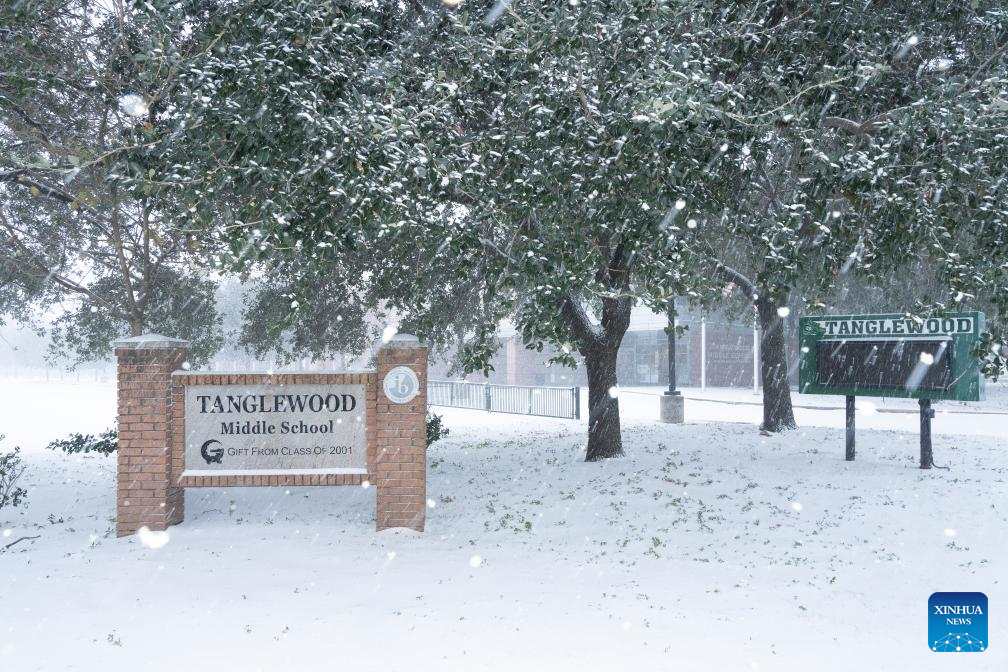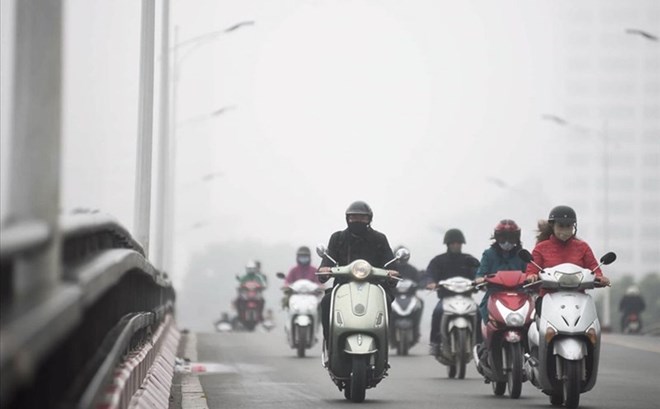After Thanksgiving, the US could enter a deeper cold than usual period as the tropical cyclone begins to fluctuate strongly. Meteorologists warn that the coldest may hit in mid-December.
The cold air is intensifying across the United States, and according to meteorologists, the first cold days after Thanksgiving are just a "mental" for a much deeper cold waiting ahead.
Ryan Maue, a meteorologist at Weather Trader, said cold air will spread throughout the Midwest and the five Great Lakes region during the Thanksgiving holiday. However, he emphasized that this was not a real Arctic cold spell, but only a "tester before the main feast in the second week of December".
According to the weather forecast of the US National Weather Service (NWS), below normal temperatures will cover most of the Central and Northern regions of the US from November 25, with the range and degrees ofcertainty increasing sharply in the period from November 26-30. The cold air is expected to last until early December, then expand to the Northeast.

The NWS forecasts that the lower than average temperature will continue to remain in the northern belt as well as the Dai Binh Nguyen region, and will overflow to the East Coast in the first days of the month.
Although the cold air in late November could cause widespread inconvenience, experts emphasize that the real cold is still waiting for the time to activate.
Judah Cohen, a leading expert on extreme cyclones at MIT Institute of Technology, predicts that the mid-December period will see the strongest cold spell, mainly affecting Canada and the US east of the Rockies.
He said the recent extreme cyclone could fall into a state of dylation a phase that typically creates severe cold, but is short-lived, lasting only a few weeks and almost limited to December.
This state is often stronger than average when the center of the world is weak, similar to the cold spells that occurred in January 2023 and January 2024, according to Mr. Cohen. The last time a severe tornado was pulled in distance in December was in 2022, causing a historic snowstorm in Buffalo that killed dozens.
Meteorologists say most of the deep cold air mass is still "flooding" in Canada and has not yet reached the US. With just a suitable agent in December, it can plunge down and create the strongest cold spell since the beginning of winter.
Meanwhile, in Vietnam, the National Center for Hydro-Meteorological Forecasting said that this winter, cold air will be most active in December 2025 - February 2026. The first severe cold spell will occur in the second half of December.

During the above period, some severe cold spells may occur not only in the mountainous areas of the North but also in the Northern Delta and the North Central provinces (Thanh Hoa, Nghe An and Ha Tinh).
During the cold spells, there is a possibility of frost, ice and snow on high mountain peaks in the northern mountainous provinces such as Lao Cai and Lang Son.











